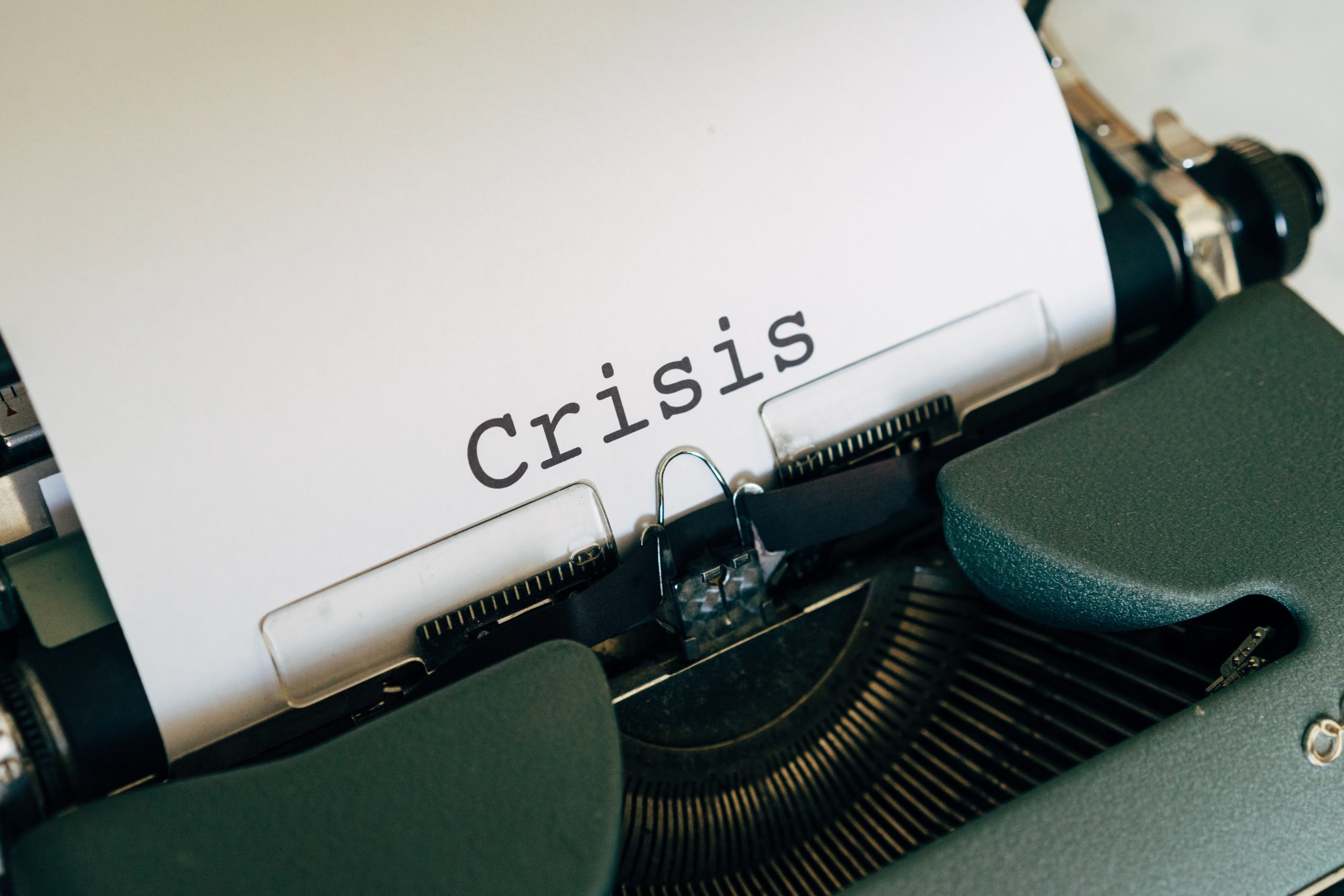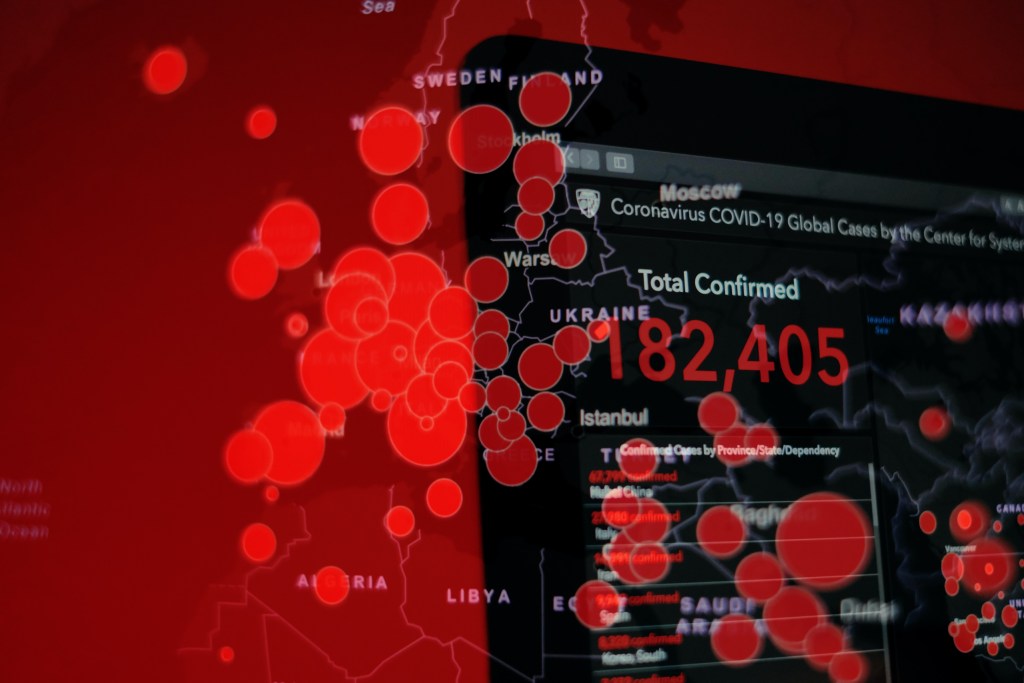
After 2 long years of pandemic, when we finally thought we would have a year of reunions and strengthening relations, the world is faced with the war between Russia and Ukraine.
These events, in addition to the tragedy of the loss of many human lives, impacted global markets, destabilizing supply chains and consequently, economies around the world, which are heavily dependent on the import of raw materials and energy inputs. But what can we analyze from this, from a sustainability perspective?
First, the successive lockdowns imposed in an attempt to contain the spread of the COVID-19 virus contracted the international market. On the one hand, several factories were stopped due to a shortage of imported raw materials, as international trade was affected by the closure of ports and airports, on the other hand, the closure of economies slowed consumption, which reduced demand for various products.
After successive waves of contagion in the last 2 years, when the Ômicron variant, due to its high transmissibility but lower lethality, caused countries and companies to relax their movement restriction measures, the war between Russia and Ukraine once again impacted the supply chains. global supply, due to a supply restriction and consequent increase in prices of various products exported by these countries, such as oil and natural gas derivatives. This impact has not only occurred on energy inputs, but is also putting pressure on other sectors of the economy such as global agriculture, as Russia and Ukraine are large producers of agricultural inputs and commodities, such as fertilizers and wheat, respectively.
In Brazil, there is concern across the agribusiness sector given the strong dependence of our agricultural production on fertilizers imported from these two countries: according to data from the National Association for the Diffusion of Fertilizers, more than 80% of the fertilizers consumed in Brazil are imported (ANDA, 2019), much of Russia. This high dependence on an input produced thousands of kilometers away is also reflected in the final price of production, as logistics costs have a significant impact. Just to give an example, in the state of Mato Grosso, the largest consumer of fertilizers in the country, the price of these inputs already corresponded to around 30% of the cost of grain production in 2019 (ANDA, 2019).
Therefore, the importance of value chain management becomes increasingly clear so that businesses become increasingly resilient to impacts resulting from events such as wars, pandemics and other events that are difficult to identify, as they have a low probability, but have a very high impact on the business.
Value Chain & Circular Economy
Very attentive to aspects of sustainability and brand reputation, the New Business division of JBS announced the creation of Campo Forte Fertilizers, which will produce organic, organomineral and special inputs from waste generated by the group's own operations. The new factory will have the capacity to produce around 150 thousand tons of organic inputs per year.
As the largest producer of animal protein in the world, JBS operations generate large amounts of organic waste – the feces of these animals. This waste can be an additional cost as it needs to be treated and disposed of appropriately to avoid contamination of soil and water resources. Furthermore, the decomposition of this manure emits large amounts of greenhouse gases into the atmosphere. Using the logic of the Circular Economy, the company is transforming waste into a new product, that is, transforming what was previously a cost into a source of new revenue, at the same time that it will reduce its carbon footprint: JBS's goal is become carbon neutral by 2040.
We see then that agribusiness companies that had not mapped the risk of a fertilizer shortage and that had not started looking for alternative suppliers may be in a very complicated situation at this time, while those that have started to look at their risks and environmental impacts in a more focused way strategy, will be less affected.

How can companies prepare for these adverse scenarios?
The first step is to map your value chain to understand what the material issues are/will be for companies. The most assertive way to carry out this procedure is to listen to your stakeholders, your internal and external stakeholders, about the most relevant issues and what are the biggest risks they see.
One way to monitor stakeholder perception is through a methodology called HotSpot Analysis, which consists of:
- > Identify and prioritize concerns and demands related to a sector, company, product or brand;
- > Combine a literature analysis with questionnaires and interviews with stakeholders in a given value chain;
- > Find the gaps (gaps) and define improvement action plans.
Fundação Espaço ECO works to prepare perception and diagnostic studies using this methodology, which helps to map the interests and main risks of the value chain. Once identified, these risks can be monitored and minimized through the identification of hot topics which will support companies’ sustainability strategy.
The EcoVadis methodology is also widely used by industries both to assess themselves and their suppliers, supporting their sustainable purchasing strategy. Using an internationally recognized methodology, EcoVadis evaluates 21 sustainability criteria that span the entire life cycle of products, taking into account problems that may occur not only with direct suppliers, but also 2nd or 3rd level suppliers (EcoVadis, 2020 ).
Regarding supplier assessment, Fundação Espaço ECO can also support the development of an evaluation questionnaire considering sustainability criteria and ESG dimensions (environmental, social and governance dimensions). Our difference is that we co-created this assessment together with companies and transformed it into a digital and automated tool, facilitating interaction with suppliers, bringing more transparency, greater and better traceability of information, centralization and expanded view of data collection, optimizing time and effort in capturing responses.
Through this capture of important and highly relevant data for your management, it is possible to identify opportunities for partnerships and also offers, based on qualitative analysis, of products and services to generate business opportunities and support the supplier in categories in which they is out of date. Adhering to this technological and innovative tool facilitates the creation of indicators and parameters for analyzing risks and opportunities and for qualifying the performance of strategic suppliers within sustainable market criteria.
The first step is to map your value chain to understand what the material issues are/will be for companies. The most assertive way to carry out this procedure is to listen to your stakeholders, your internal and external stakeholders, about the most relevant issues and what are the biggest risks they see.
One way to monitor stakeholder perception is through a methodology called HotSpot Analysis, or “Hot spot analysis”, which consists of:
- Identify and prioritize concerns and demands related to a sector, company, product or brand;
- Combine a literature analysis with questionnaires and interviews with stakeholders in a given value chain;
- Find the gaps (gaps) and define improvement action plans.
Fundação Espaço ECO works to prepare perception and diagnostic studies using this methodology, which helps to map the interests and main risks of the value chain. Once identified, these risks can be monitored and minimized through the identification of hot topics which will support companies’ sustainability strategy.
The EcoVadis methodology is also widely used by industries both to assess themselves and their suppliers, supporting their sustainable purchasing strategy. Using an internationally recognized methodology, EcoVadis evaluates 21 sustainability criteria that span the entire life cycle of products, taking into account problems that may occur not only with direct suppliers, but also 2nd or 3rd level suppliers (EcoVadis, 2020 ).
Regarding supplier assessment, Fundação Espaço ECO can also support the development of an evaluation questionnaire considering sustainability criteria and ESG dimensions (environmental, social and governance dimensions). Our difference is that we co-created this assessment together with companies and transformed it into a digital and automated tool, facilitating interaction with suppliers, bringing more transparency, greater and better traceability of information, centralization and expanded view of data collection, optimizing time and effort in capturing responses.
Through this capture of important and highly relevant data for your management, it is possible to identify opportunities for partnerships and also offers, based on qualitative analysis, of products and services to generate business opportunities and support the supplier in categories in which they is out of date. Adhering to this technological and innovative tool facilitates the creation of indicators and parameters for analyzing risks and opportunities and for qualifying the performance of strategic suppliers within sustainable market criteria.

In the case of quantitative studies, the methodology of Life Cycle Assessment (LCA) considers the environmental aspects of the inputs and outputs of complete value chains, from the supply of raw materials to their disposal (scope from cradle to grave), or in some cases, until their reinsertion into the recycling chain (circular cycle, scope of “ cradle to cradle”). These studies are particularly useful as they calculate both the most significant environmental aspects of a process or product, and at which stage of the life cycle (whether at suppliers, at the production stage, at the use or disposal stage) there is the greatest environmental impact.
The carbon footprint and water footprint are studies more focused on aspects of Greenhouse Gas emissions and consumption of water resources, respectively, which are included in the LCA methodology, but can be analyzed separately, helping companies to identify which At this stage of the value chain there is a greater emission of greenhouse gases or water consumption, and then focusing on improvement actions for the stage of the life cycle that contributes most in terms of impacts, and where, therefore, there can be significant reductions.
Fundação Espaço ECO can help your company develop all these different types of studies, both qualitative and quantitative, considering the particularities of your company and sector.
There is a popular saying that says: “Your business is only as strong as the weakest link in its chain”. In a scenario as unstable as the current one, mapping the value chain and the potential risks of each link has never been more vital for the performance and longevity of companies.
How is your company managing its value chain? Is it preparing to respond resiliently to this increasingly unpredictable future?
Share